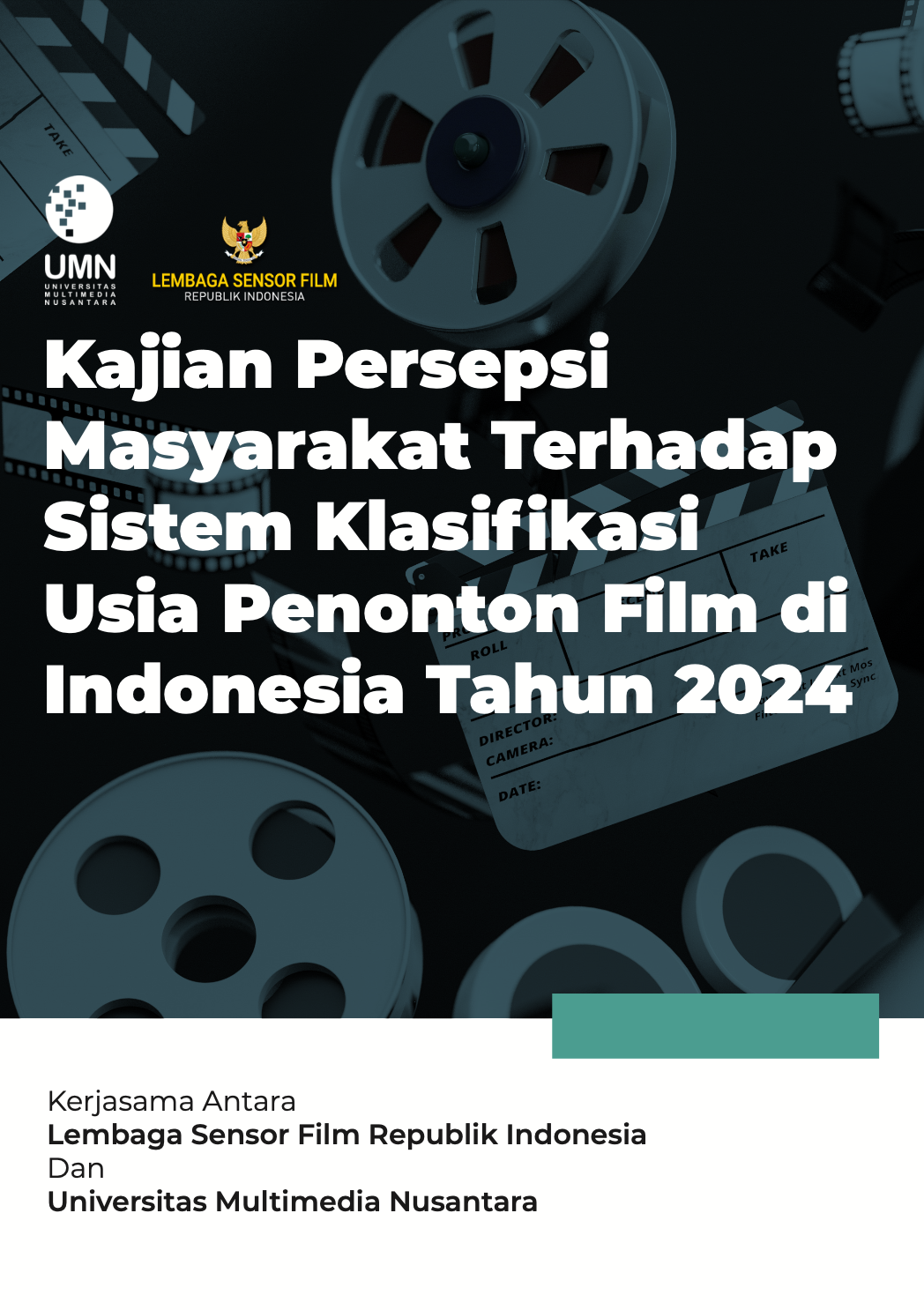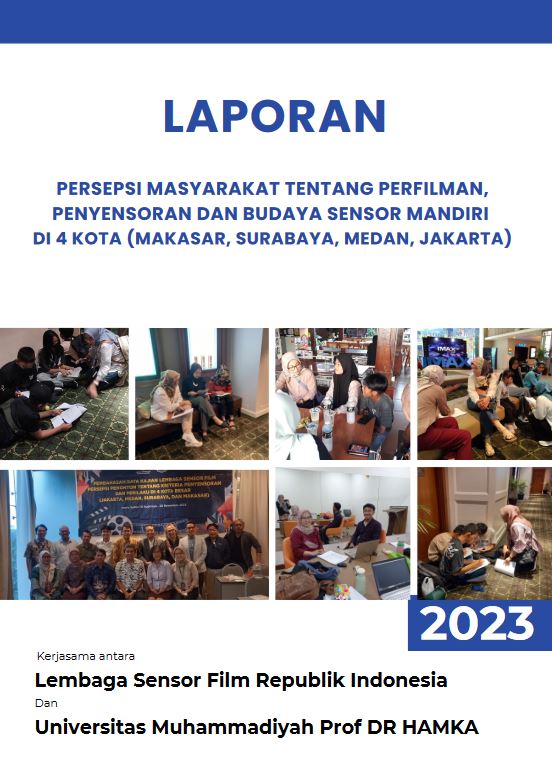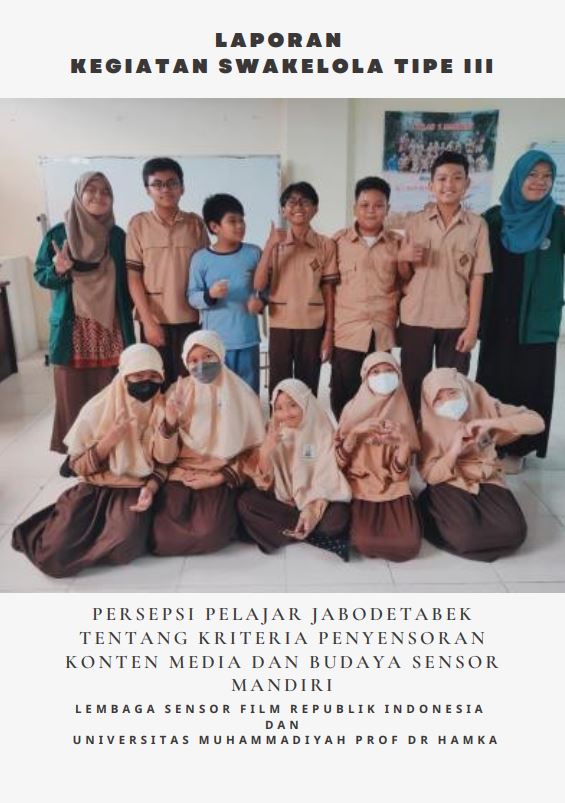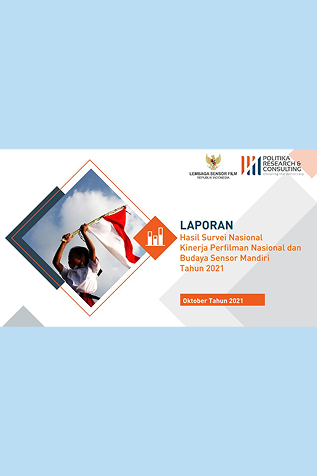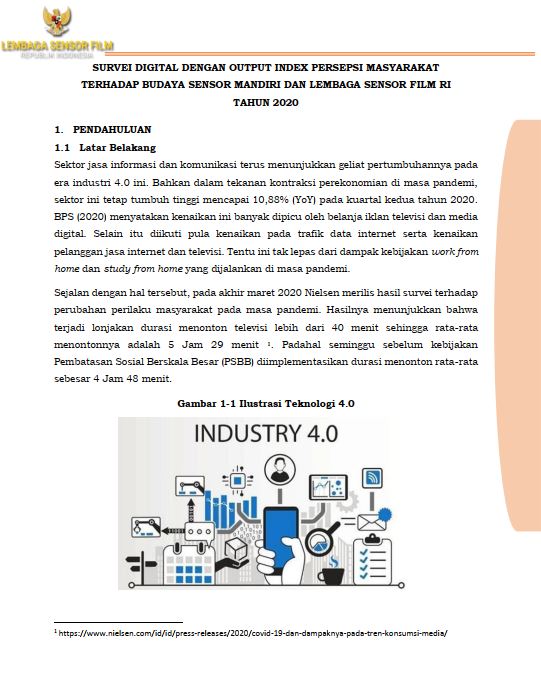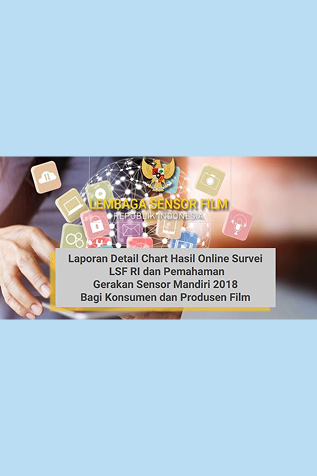With today’s wide-open access to media, students are often exposed to various types of content without the proper guidance to digest them critically. In this digital era, media literacy is essential. As media consumption habits evolve among young people, so too do their perceptions of what is appropriate especially regarding the criteria used in media content censorship.
This study explores students’ perceptions of the elements considered in film and film advertisement censorship, including violence, gambling, narcotics and other addictive substances, pornography, ethnicity, race, societal groups, religion, legal issues, human rights, and viewer age classification.
Using a stratified random sampling method, the study surveyed 560 students across primary (SD), junior high (SMP), senior high (SMA), and vocational (SMK) schools in Jakarta, Bogor, Depok, Tangerang, and Bekasi covering 14 administrative zones within the Jabodetabek area.
The research applied a survey-based approach to assess how students perceive sensitive content, particularly scenes involving violence and pornography. Interestingly, the findings showed that most elementary school students disagreed with the notion that kissing scenes, violent behavior, or other sensitive content would make them want to imitate what they saw on screen.
However, this contrasts sharply with the views expressed by students at the SMP, SMA, and SMK levels, who demonstrated a more varied and in some cases, more permissive set of attitudes.
The findings should be interpreted with care. The elementary students’ responses should not be taken to mean that children no longer need content restrictions or censorship. On the contrary, the data call for deeper contextualization through additional narrative support.
To strengthen the interpretation, the researchers recommend incorporating qualitative data specifically, interviews with selected elementary school students chosen via purposive sampling. These students should represent a range of academic abilities (high, medium, and low), as identified by their teachers, to better understand the nuances behind their responses and perceptions.
